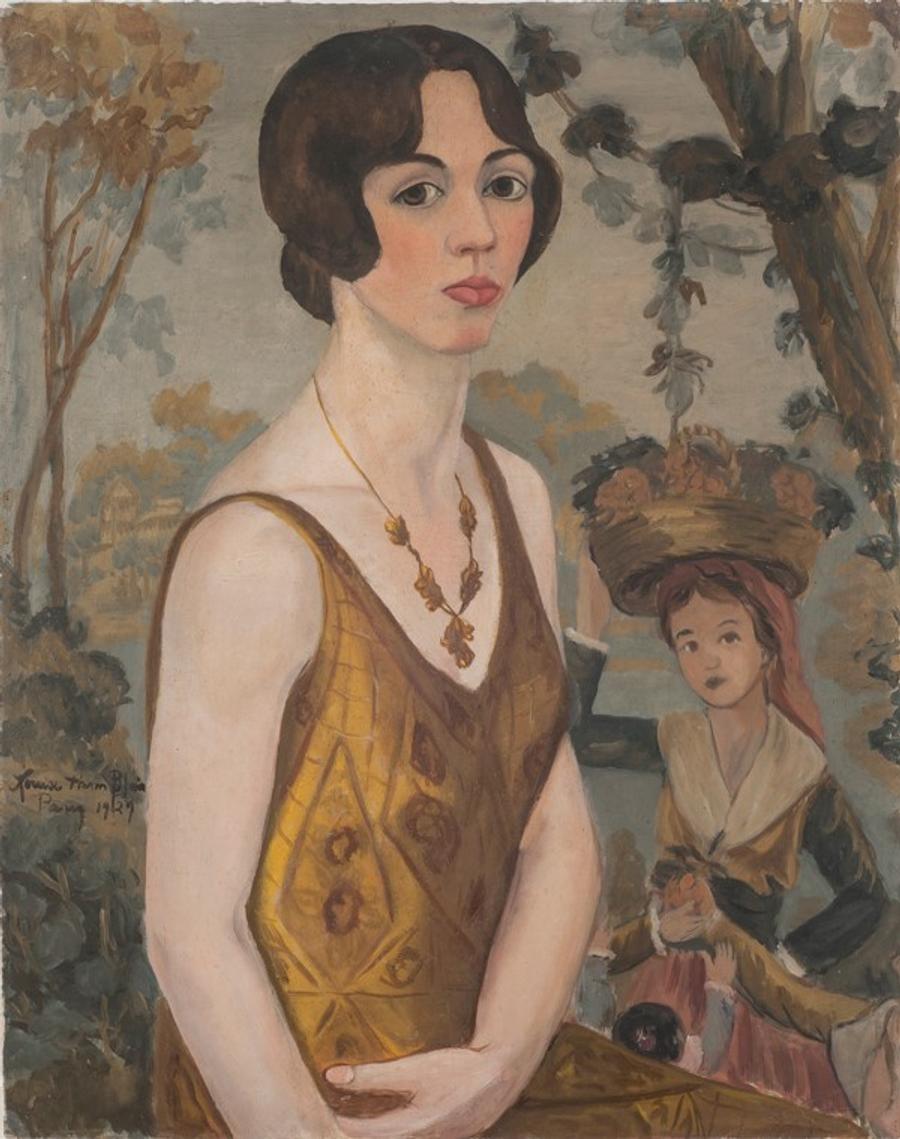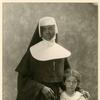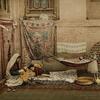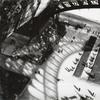Louise Blair Daura Gets Her Due in Fall Exhibition at Georgia Museum of Art
- ATHENS, Georgia
- /
- July 10, 2017

When Louise Blair’s Virginia family sent her to Paris in the 1920s to study art, they didn’t expect her to marry her art teacher. The young woman traveled to the City of Lights to learn painting, see the sights and become a more cultured person, not to pursue a career as a professional artist. Shortly after arriving there, she met and fell for the Barcelona-born painter Pierre Daura, who ended up giving her art lessons. Her family disapproved, but she married Daura anyway and painted alongside him.
Blair met with some success at the time, with a painting accepted by the annual Salon d’Automne, but she gradually minimized her career. The Georgia Museum of Art at the University of Georgia will present the exhibition “Louise Blair Daura: A Virginian in Paris” from September 30 through December 10, 2017, the first attempt by a museum to examine her work.
Organized by Lynn Boland, the museum’s Pierre Daura Curator of European Art, the exhibition includes all Louise Blair Daura’s known works and will travel to the Daura Gallery at Lynchburg College after it premieres at the museum. The museum is also publishing a book to accompany the exhibition that includes images of all the work, many of letters she sent to her family while living in Paris and essays by Boland and Catherine Dossin, associate professor of art history at Purdue University.
Born in Virginia in 1905, Blair studied English at Bryn Mawr College in Pennsylvania. She set out for Europe with her cousin Ann Matthews in the fall of 1927, shortly after she graduated. That winter, she met Daura and took up painting. Daura painted in both figurative and abstract styles but is best known for his role as a co-founder of the abstract artists’ group Cercle et Carré. Louise did not join the group but instead focused on portraits and landscapes.
Most of the works in the exhibition date from 1928 to 1930, when Louise was seriously pursuing a career as an artist, but Dossin contends that she stepped back from her career because her work was more traditional than avant-garde.
Dossin writes, “Drawing on a close reading of her diary and letters, I would argue that Blair stopped painting because she was in décalage, that is to say out of phase, with the Parisian, chiefly male, and mostly Spanish milieu to which she and her husband belonged. Her works and ambitions got lost in that specific artistic and social context . . . she could never find her place as an artist among them.”
Louise and Pierre had a daughter, Martha, in 1930, and moved from the exciting arts scene of Paris to a small village in southwest France. Louise continued to paint and draw but less frequently, and she no longer exhibited her work. She did continue to follow her passion for art by studying and writing on prehistoric art, and she made elaborate birthday and Valentine’s cards for her daughter. Boland says he hopes that “this project prompts a deeper consideration of her work and her insights into the artistic milieu of her time, perhaps making her a bit less obscure.”
Programs related to the exhibition include 90 Carlton: Autumn, the museum’s quarterly reception (free for members of the Friends of the Georgia Museum of Art, $5 non-members) on October 13 at 5:30 p.m.; a Family Day on October 21 from 10 a.m. to noon; and a film series focused on Americans in Paris (“An American in Paris,” “The Moderns,” and “Paris Was a Woman”), beginning October 26 and screening at 7 p.m. on Thursdays. All events are free and open to the public unless otherwise indicated.
The exhibition is sponsored by the Pierre Daura Foundation, the W. Newton Morris Charitable Foundation and the Friends of the Georgia Museum of Art.








16100x100_c.jpg)







